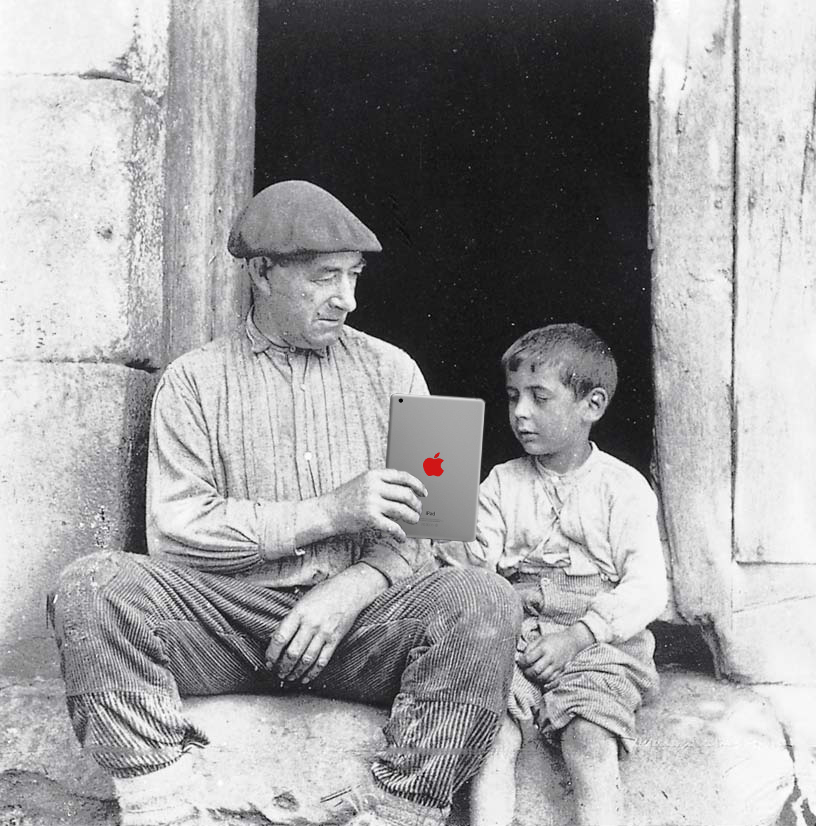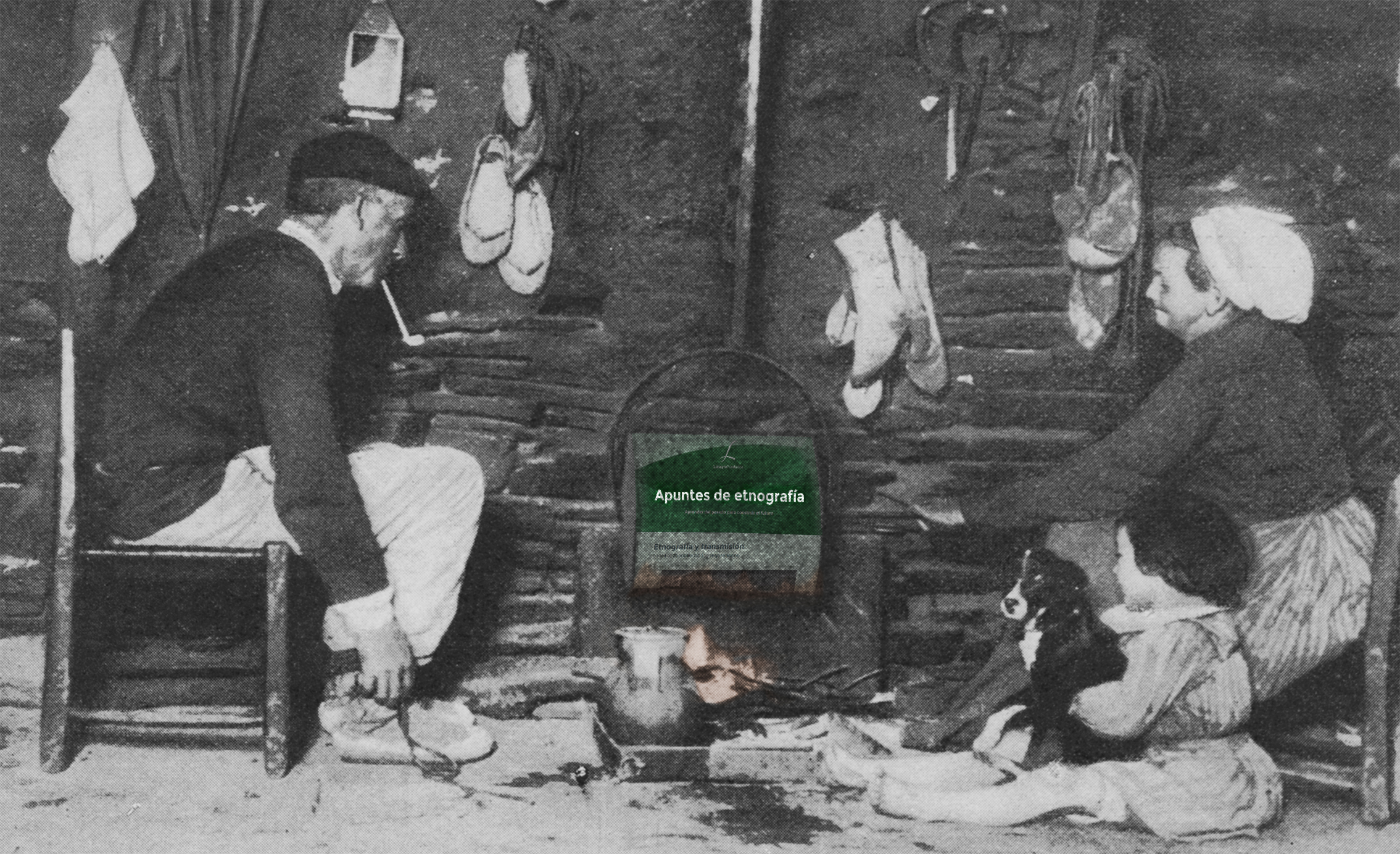Basque ethnography at a glance
On 26 October it will be a year since this blog was born. During this time fifty odd text entries, or shall we say posts, by nearly a dozen and a half authors I strongly resist to call bloggers for fear of being laughed at have been published on the net —the internet, of course, not any old net—. A wide variety of topics has been covered from different viewpoints, for that is what it is all about.
We shall not pass judgement of such contributions. Readers will have drawn their own conclusions. The fact is we have received a few thumbs up in Facebook, the modern Roman circus, so we stay alive. Let us confine ourselves to unveiling some of the secrets in the preparation of the entries. Some of them have been cooked up in our kitchen, others only needed a bit of seasoning. The first and greatest challenge has been to convince fellow ethnographers to stick to passages no longer than a quarter of a page. So naïve an aspiration as to ask the most recalcitrant of historical filmmakers to create an advertising spot. If the ingredients of the pre-cooked meal are well blended but the helping is a little larger than expected, all we do is cut it down to a fair size, and almost nobody notices. The problem comes when you ask for a langoustine and get a lobster. Then the tricky trimming task starts. After discarding a substantial portion of it, the final dish will hopefully still taste like lobster. It is in fact an awkward situation. After our best efforts to reduce it down to its basic components, and continuing with Lévi-Strauss’s image of the raw and the cooked, the author might feel the food has been served raw. Out of respect, we shall overlook the intention of serving light recipes assuming difficulties on the part of the reader, our customer, to digest heavy meals.
These are the issues of the new changing times. It will take a while to adapt. A short anecdote springs to mind. My great-grandfather, a humble peasant, got one of his daughters married into a well-off family. During the reception —wedding banquets would generally be held in the parental home in the old days—, a most innovative first course consisting of Russian salad followed by various appetizers was meant to mark the higher social status of the in-laws. My great-grandfather grew up accustomed to stews and other hearty dishes, and had never savoured delicacies of the like nature before. Baffled by the menu, he managed to blurt out a few words of complaint about the food being not just raw but also cold. All we need is a little time to learn how to turn our cookbooks into modern digital recipe boxes. As of now, this blog is alive and kicking.
We appreciate the active participation of those who contribute with their ideas, knowledge and expertise. Likewise, we wish to thank all of you for reading, sharing and commenting on our posts. Happy anniversary!
Luis Manuel Peña – Ethnography Department – Labayru Fundazioa
Translated by Jaione Bilbao – Language Department – Labayru Fundazioa
Reference for further information: Ethnographic Atlas of the Basque Country (eight volumes).
Original photographs: (top) by Eulalia Abaitua. Euskal Museoa; (bottom) taken from Revista Novedades, Nº 241, 1914.
Photoshop montages: Idoia Tolosa – Labayru Fundazioa



